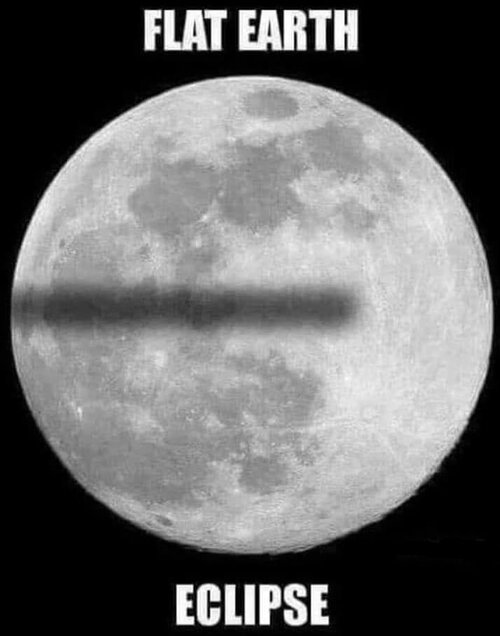- Joined
- 21 January 2015
- Messages
- 12,084
- Reaction score
- 16,198
Oxygen production from dissociation of Europa’s water-ice surface

 www.nature.com
www.nature.com

Oxygen production from dissociation of Europa’s water-ice surface - Nature Astronomy
Water molecules in Europa’s icy surface are split into hydrogen and oxygen by charged particle bombardment. NASA’s Juno spacecraft flew near Europa and constrained the production of oxygen in Europa’s surface ice, thus providing only a narrow range to support habitability in its subsurface ocean.















































































































